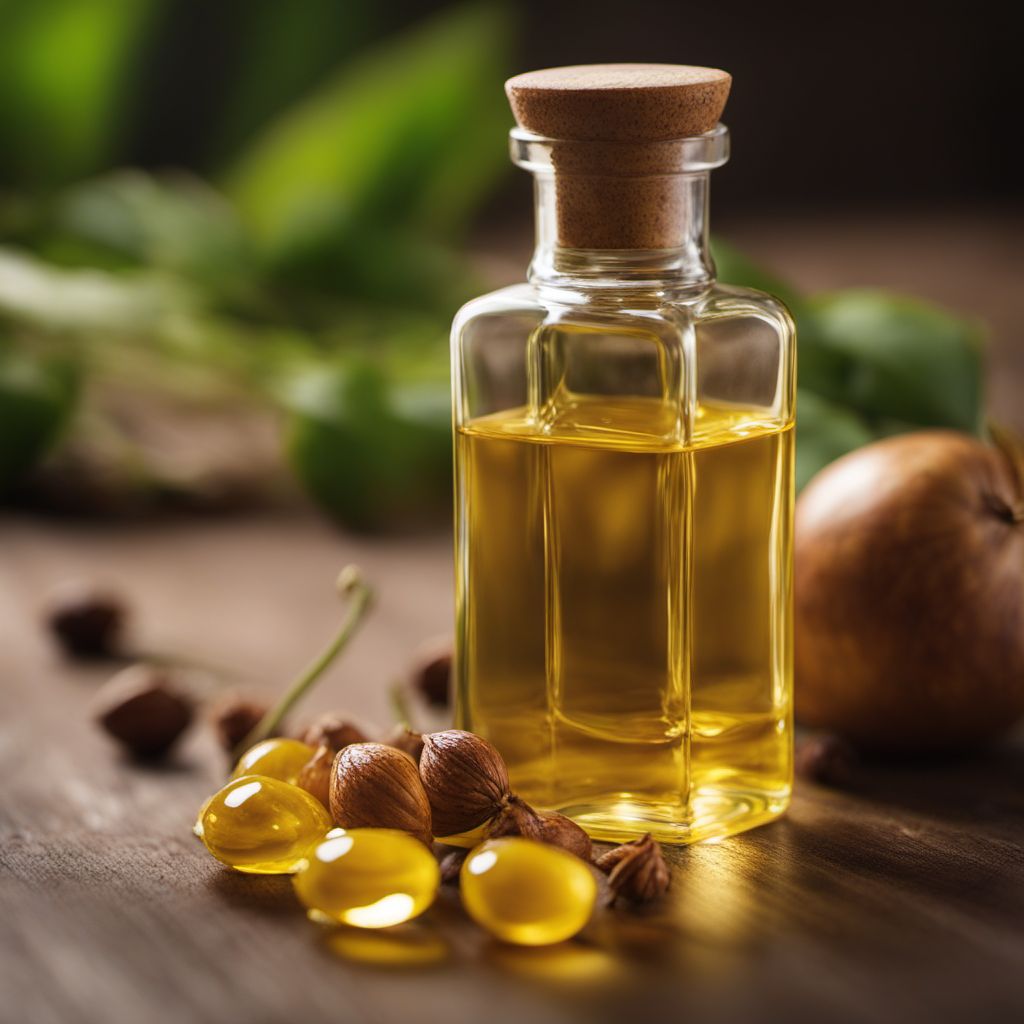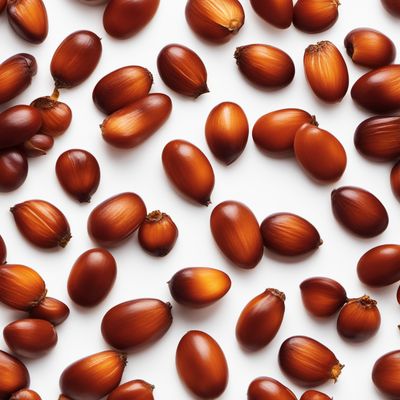
Ingredient
Other plant oils
Exploring the World of Plant Oils: A Journey of Flavors and Health Benefits
Plant oils encompass a vast array of oils derived from different sources, including seeds, nuts, and fruits. Each oil has its own distinct characteristics, taste, and texture. Some common examples include olive oil, coconut oil, sesame oil, and avocado oil. These oils are widely used in cooking, baking, and as dressings, adding flavor and nutritional value to dishes.
Origins and history
The use of plant oils dates back thousands of years, with olive oil being one of the oldest and most widely used oils in human history. Different cultures and regions have their own traditional oils that are deeply rooted in their culinary practices. For example, coconut oil is a staple in Southeast Asian cuisines, while sesame oil is commonly used in East Asian cuisines. Plant oils have played a significant role in the development of various cuisines around the world.
Nutritional information
Plant oils are a rich source of healthy fats, including monounsaturated and polyunsaturated fats. They also contain essential fatty acids, such as omega-3 and omega-6, which are beneficial for heart health. Additionally, plant oils provide various vitamins and antioxidants, depending on the source. However, it is important to consume them in moderation due to their high calorie content.
Allergens
There are no known allergens associated with plant oils. However, individuals with specific nut allergies should be cautious when consuming oils derived from nuts.
How to select
When selecting plant oils, look for cold-pressed or extra virgin oils, as they are minimally processed and retain more of their natural flavors and nutrients. Check the label for the source of the oil and opt for organic or sustainably sourced options whenever possible. Store plant oils in a cool, dark place to prevent oxidation and maintain their freshness.
Storage recommendations
To maintain the freshness and quality of plant oils, store them in a cool, dark place, away from direct sunlight and heat. Avoid storing them near strong-smelling foods, as they can absorb odors. It is also important to check the expiration date and discard any oils that have gone rancid.
How to produce
Producing plant oils at home requires specialized equipment and knowledge. However, some oils, such as olive oil, can be made on a small scale using a press or by hand. It is important to follow proper extraction methods and ensure the quality and safety of the oil.
Preparation tips
Plant oils can be used in a variety of culinary applications. Olive oil is commonly used for sautéing, roasting, and dressing salads. Coconut oil is often used in baking, stir-frying, and as a dairy-free substitute in recipes. Sesame oil adds a distinct flavor to stir-fries and Asian dishes, while avocado oil is great for high-heat cooking and as a salad dressing. Each oil has its own unique characteristics that can enhance the flavor of different dishes.
Availability
Plant oils are widely available in grocery stores, supermarkets, and specialty food stores around the world. The availability may vary depending on the region and the specific oil.
More ingredients from this category

Shea butter
The Nourishing Secret: Unveiling the Power of Shea Butter

Palm oil/fat
The Golden Elixir

Cocoa butter
The Velvety Essence: Unveiling the Secrets of Cocoa Butter

Wheat germ oil
The Nutritional Powerhouse: Unveiling the Benefits of Wheat Germ Oil

Coconut oil/fat
The Versatile Elixir: Coconut Oil/Fat

Palm kernel oil, edible
The Versatile Oil
Recipes using Other plant oils » Browse all

Homemade Sushki
Delightful Russian Sushki: Crunchy Rings of Joy

Krpice sa zeljem (Croatian Pasta with Cabbage) - Adapted to Puerto Rican Cuisine
Puerto Rican Style Pasta with Cabbage - Krpice sa zeljem Adaptation

Zimbabwean Smoked Beef
Savory Zimbabwean Smoked Beef Delight

Feijoada Adapted to Japanese Cuisine
Sakura Feijoada: A Japanese Twist on a Brazilian Classic

Mexican Curry
Mexican Fiesta Curry

Kodava-style Spicy Onion Chutney
Fiery Flavors of Kodava: Spicy Onion Chutney

Fast Food Curry
Quick and Easy Curry in a Hurry

Molecular Gastronomy Spring Rolls
Revolutionary Spring Rolls: A Molecular Twist on a Classic

Roasted Squab with Five-Spice Glaze
Five-Spice Delight: Roasted Squab with a Flavorful Glaze

Salvadoran-style Miso Pupusas
Umami-filled Salvadoran Miso Pupusas: A Fusion Delight

Fast Food Beef Bourguignon
Quick and Easy Beef Bourguignon

Huevos Rancheros
Soulful Huevos Rancheros